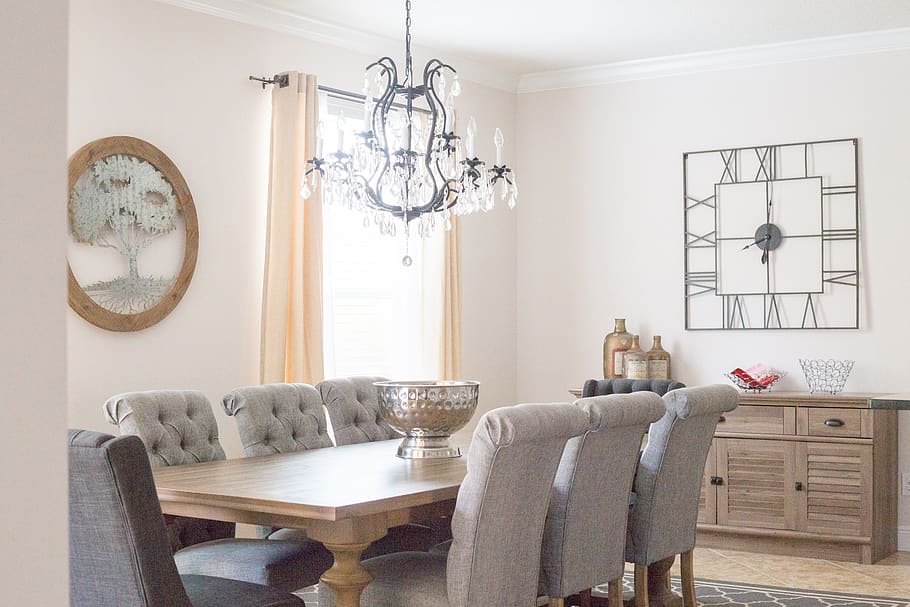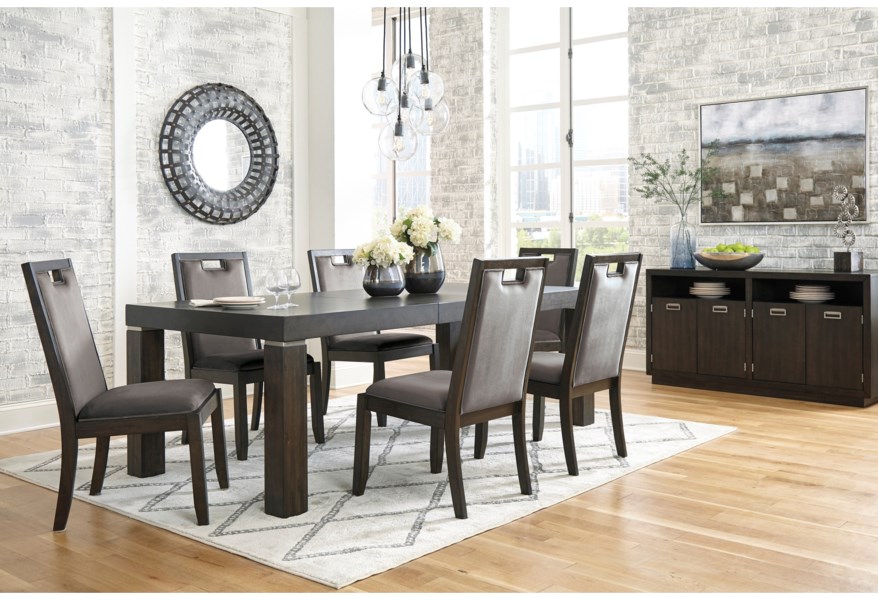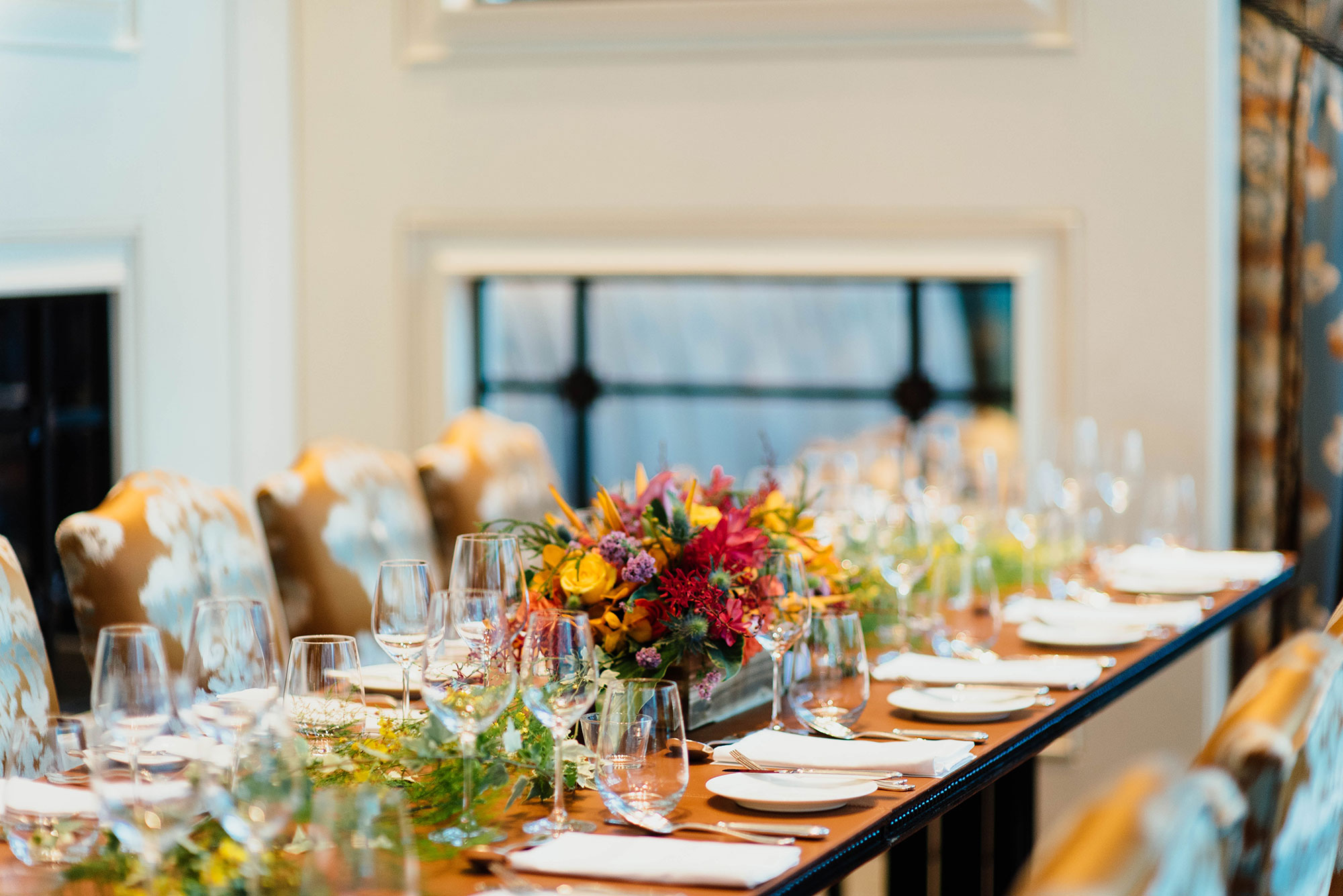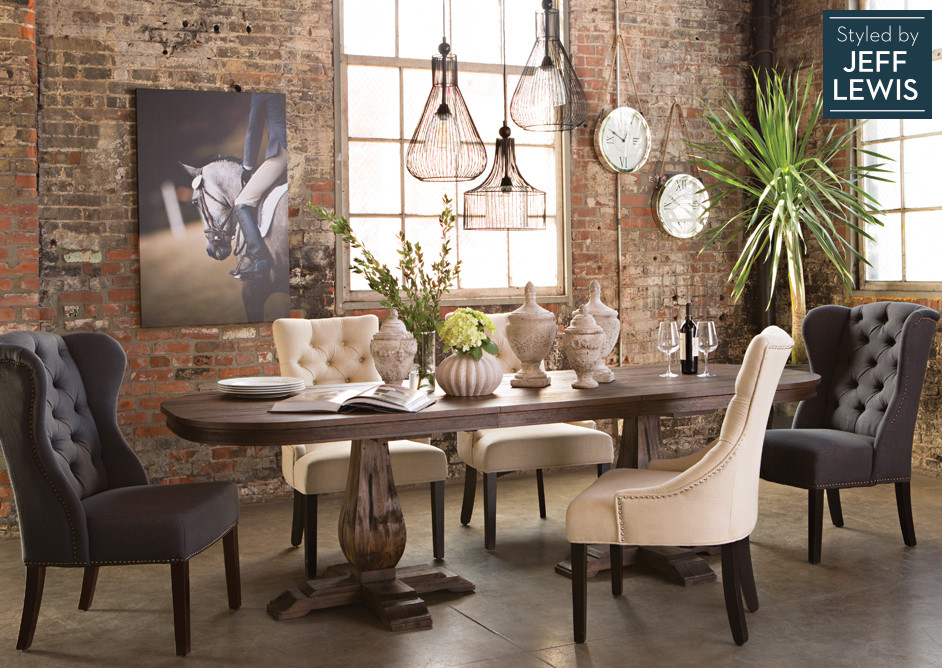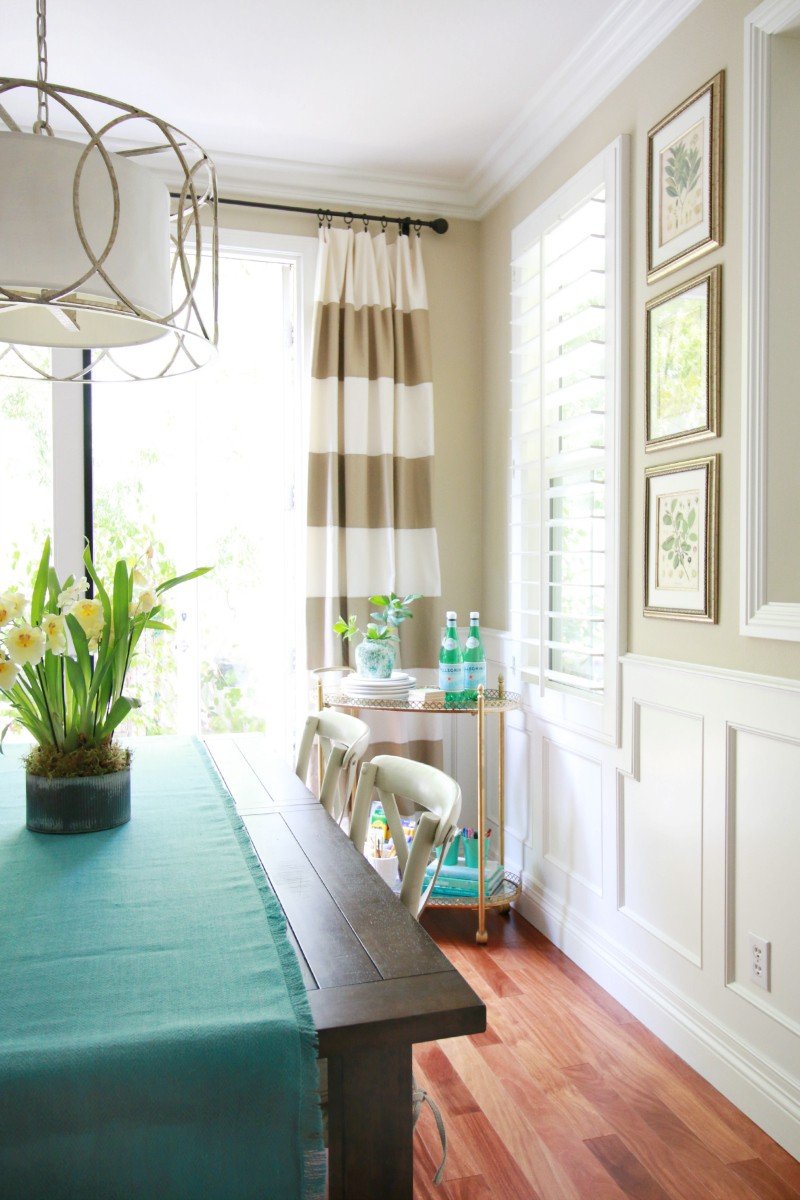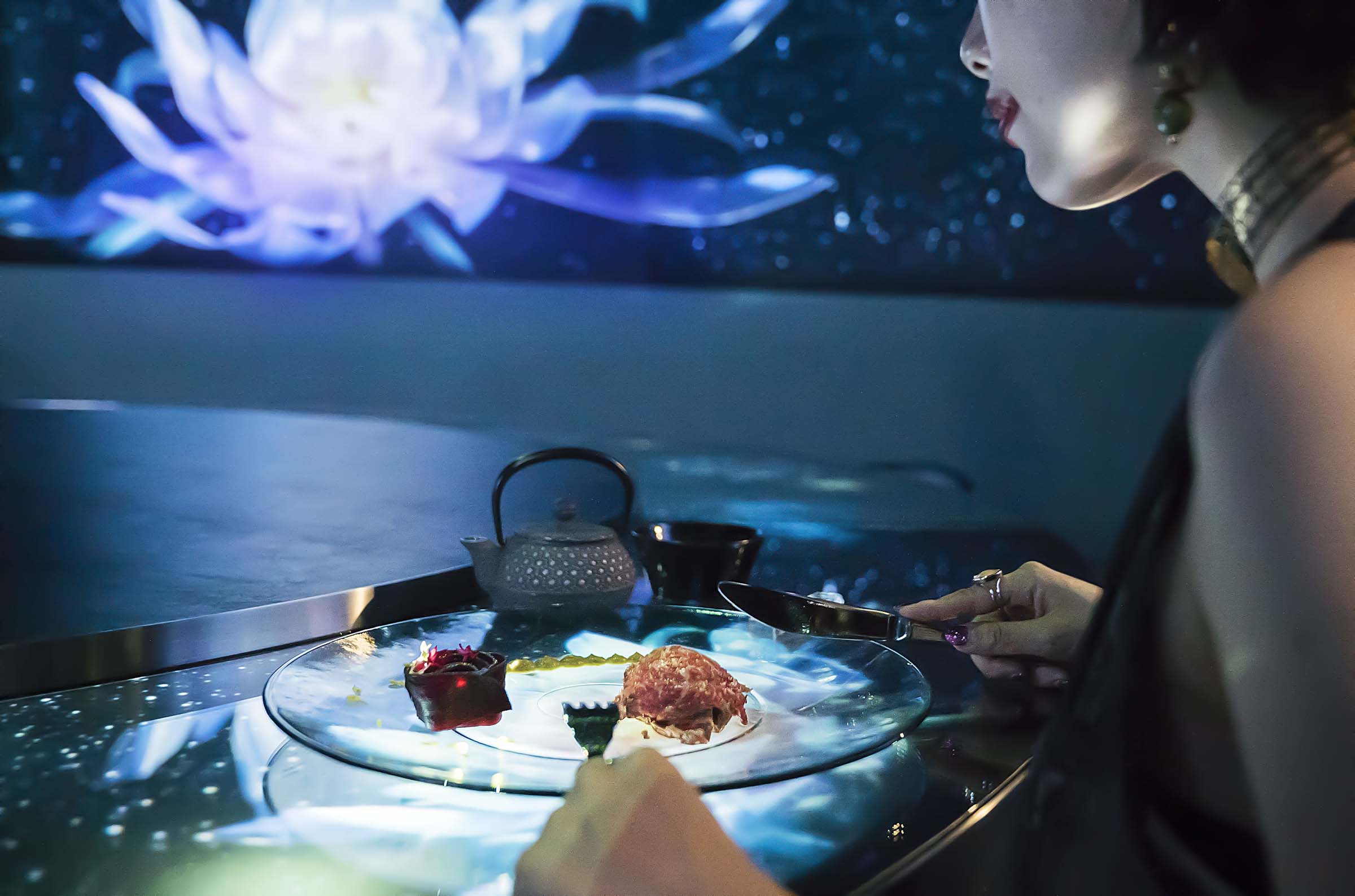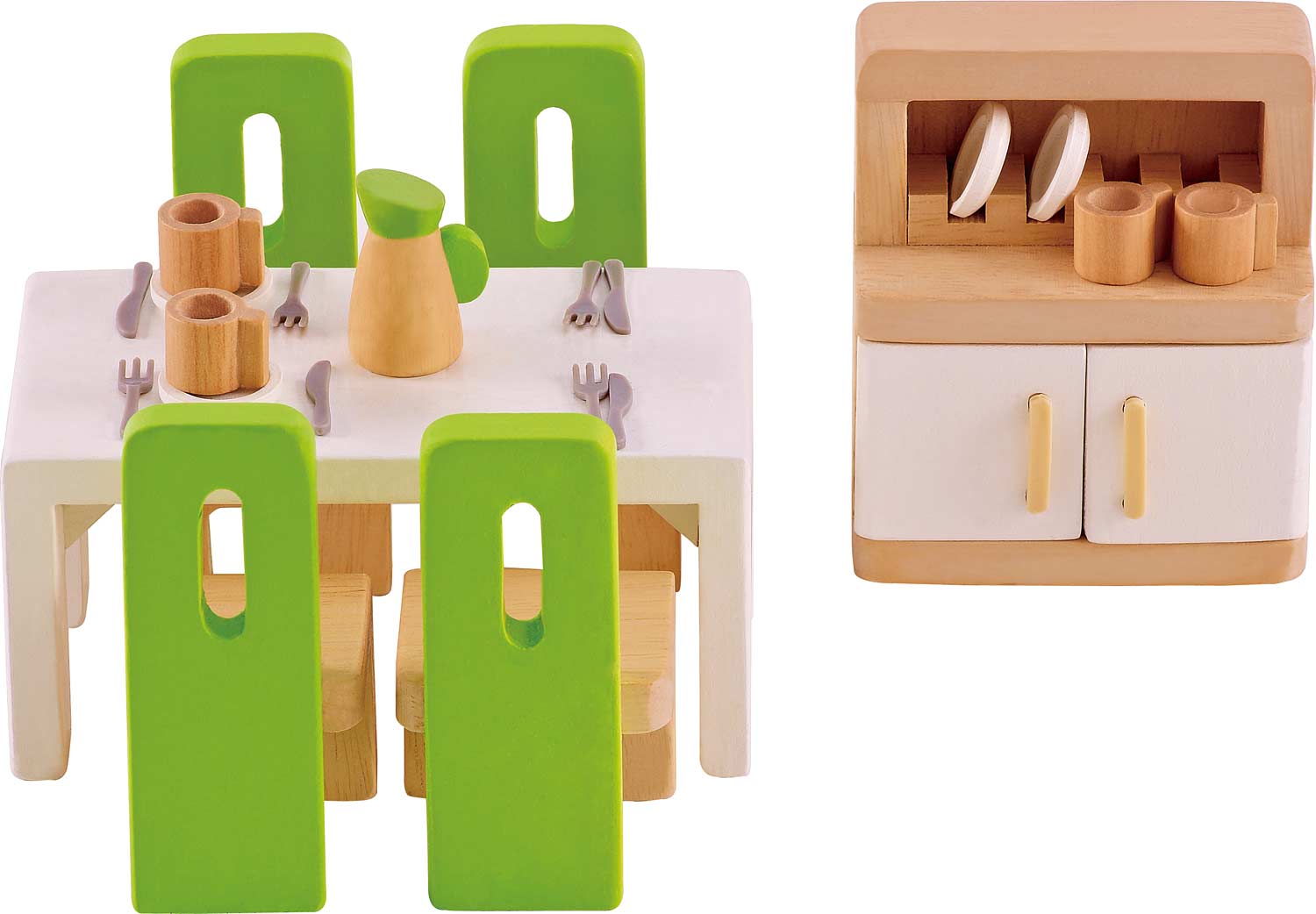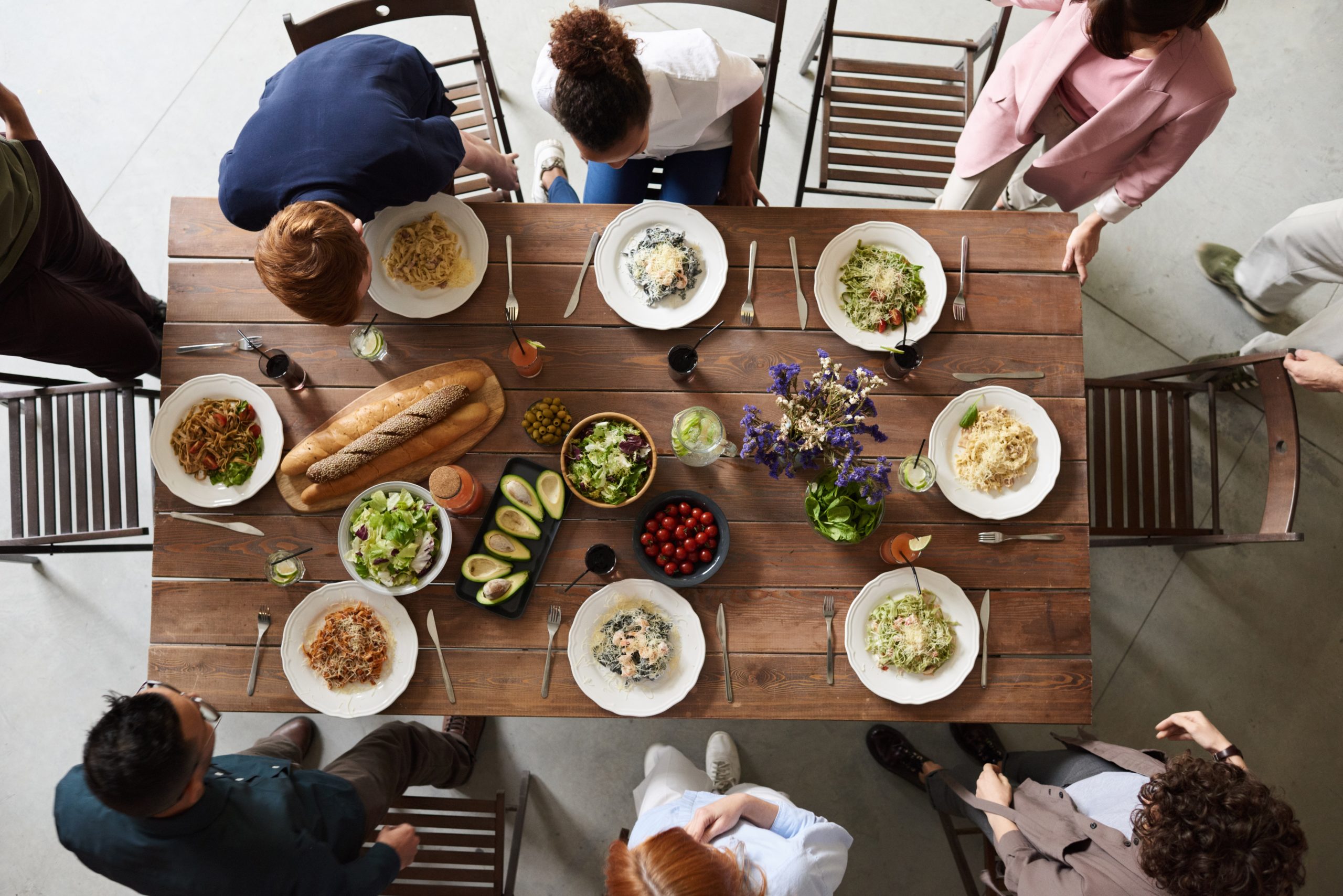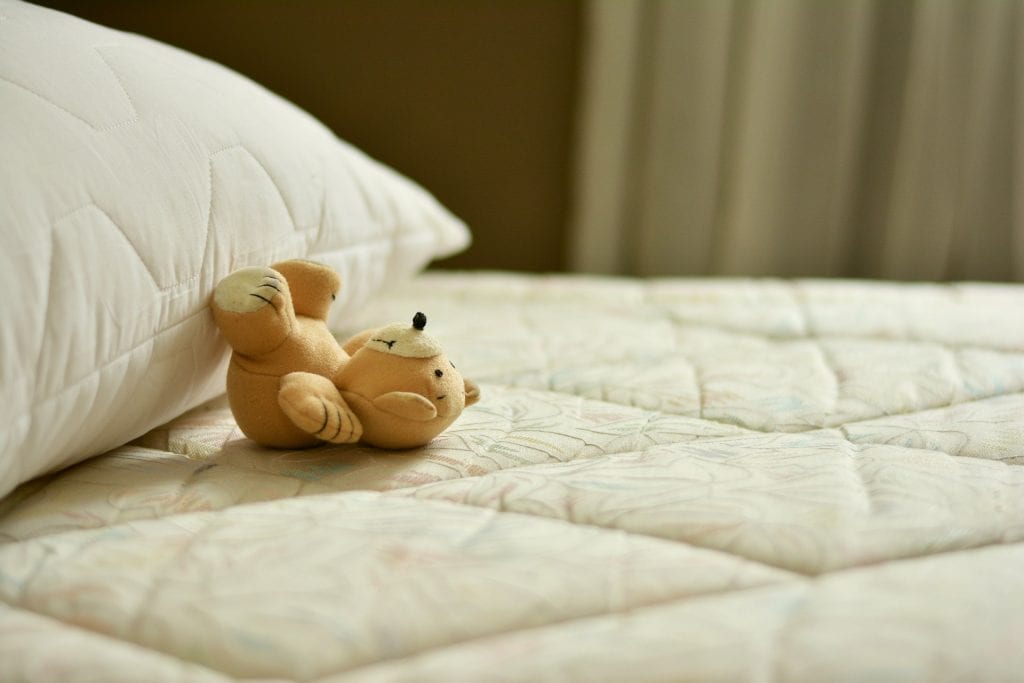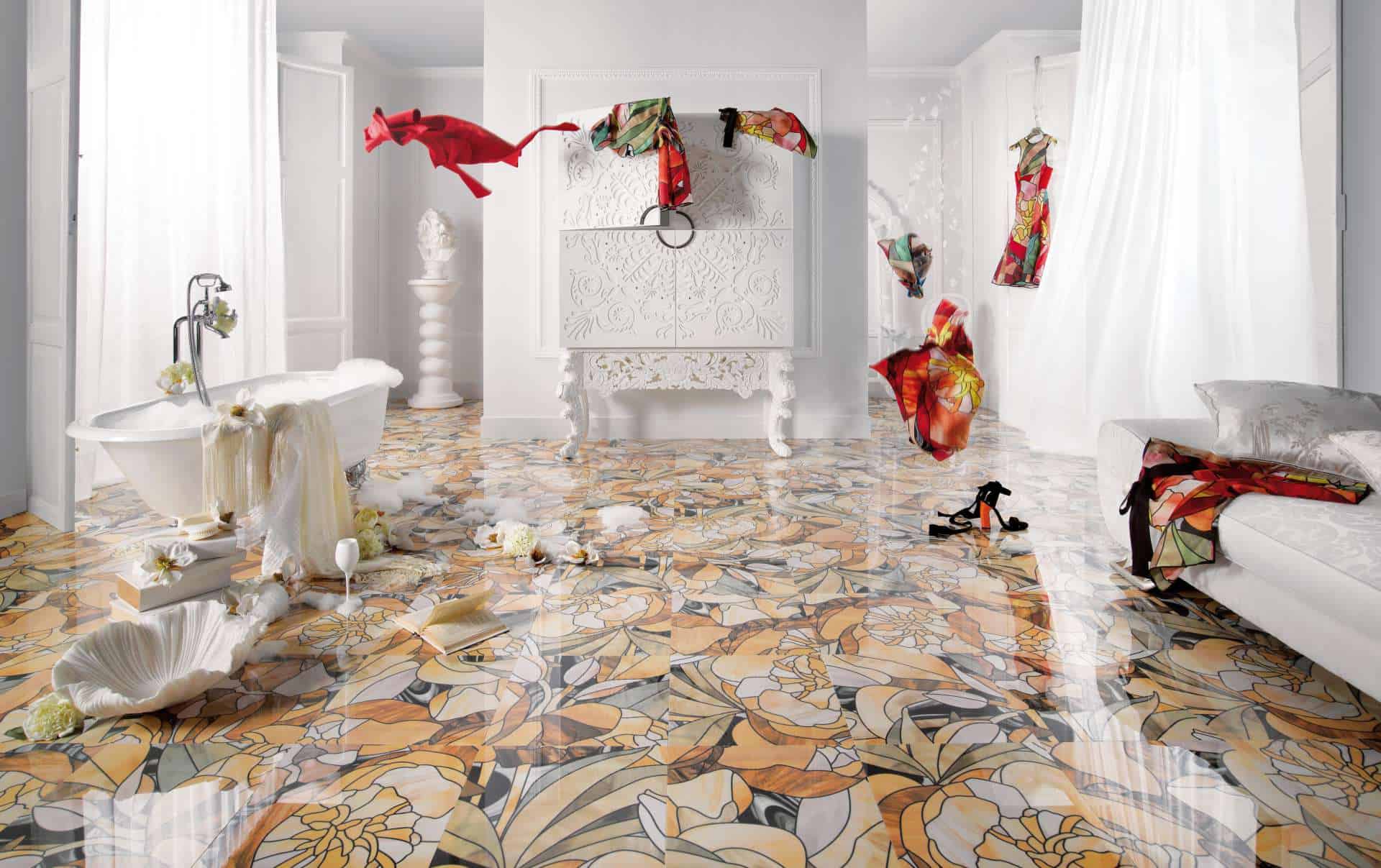The traditional dining room has long been a staple in homes, with its formal atmosphere and designated space for family meals. However, in recent years, the dining room has undergone a dramatic transformation, with many homeowners opting for open floor plans that combine the kitchen, living room, and dining area into one cohesive space. This shift has led to the death of the dining room as we know it, and the rise of a more modern and functional design. The open floor plan has become increasingly popular due to its ability to create a sense of spaciousness and connectivity within the home. With walls removed and rooms opened up, the dining room is no longer a separate, closed-off space but is instead integrated into the main living area. This allows for a more fluid and versatile use of space, as well as a more casual and relaxed dining experience. Open floor plan design has become the go-to choice for many homeowners looking to create a modern and functional living space. With the elimination of walls and barriers, natural light can now flow freely throughout the entire space, creating a brighter and more inviting atmosphere. This not only makes the room feel more spacious but also encourages a more social and interactive way of living, where family members can easily connect and spend time together while going about their daily activities.Death of the Dining Room: The Rise of the Open Floor Plan
In addition to the rise of open floor plans, the decline of formal dining rooms in modern homes can also be attributed to the changing lifestyles and needs of homeowners. With busy schedules and the rise of technology, the traditional sit-down family dinner has become less common, making the formal dining room less necessary. Many modern families prefer a more casual and flexible dining experience, where they can eat and gather in a comfortable and relaxed setting. This has led to the elimination of cluttered dining tables and chairs, and the introduction of more flexible and functional seating options. From bar stools at the kitchen island to cozy banquettes built into the wall, homeowners are finding creative ways to make their dining area fit their lifestyle. Formal dining rooms are slowly becoming a thing of the past, as homeowners prioritize functionality and versatility in their living spaces. This trend is not only seen in modern homes but also in renovations of older homes, where walls are being knocked down to create a more open and flexible layout.The Decline of Formal Dining Rooms in Modern Homes
The outbreak of COVID-19 has had a significant impact on many aspects of our lives, including how we use and design our homes. With social distancing measures in place, the idea of open floor plans and communal dining areas has been challenged. As a result, the future of dining rooms is being reimagined to accommodate these new norms. Homeowners are now looking for ways to create a more private and separate dining area in their homes, while still maintaining the open and connected feel of an open floor plan. This has led to the introduction of dividers, such as sliding doors or glass partitions, that can be used to create a separate dining space when needed. Additionally, the design of dining rooms is also being influenced by the need for sanitation and cleanliness. From easily cleanable surfaces to touchless technology, homeowners are seeking ways to make their dining areas more hygienic and safe.How COVID-19 is Changing the Future of Dining Rooms
For those with smaller homes or apartments, the idea of a separate dining room may seem like a luxury. However, with some creative thinking, even the tiniest of spaces can accommodate a functional dining area. Maximizing space and creating a sense of coziness and intimacy is key for small dining rooms. Multipurpose furniture, such as drop-leaf tables or extendable counters, can easily transform a small kitchen or living area into a dining space when needed. Wall-mounted shelves and hanging folding chairs are also great space-saving options. Mirrors can also be used to create the illusion of a larger space, while also reflecting natural light and making the room feel brighter. With a little creativity and strategic design choices, even the smallest of dining spaces can be transformed into a functional and inviting area for family meals.Maximizing Space: Creative Solutions for Small Dining Rooms
The traditional dining room was a place for formal gatherings and special occasions, often reserved for guests and rarely used on a daily basis. However, as the dining room has evolved and adapted to the changing needs of homeowners, it has become a more functional and multi-purpose space. Today, the dining room is no longer just a place to eat, but also a space for work, studying, and leisure activities. This shift has led to the introduction of flexible furniture and multi-functional designs that can easily adapt to the changing needs of the homeowner. From convertible tables to built-in storage units, homeowners are finding ways to make the dining room a more useful and versatile space in their home.The Evolution of the Dining Room: From Formal to Functional
When it comes to designing a dining room, there is no one-size-fits-all approach. Every homeowner has their own unique lifestyle and needs, and the dining room should reflect that. Whether you prefer formal dinner parties or casual family meals, the design of your dining room should cater to your specific lifestyle. Consider the size and layout of your home, as well as your personal style and taste when designing your dining room. Choose furniture and decor that not only fits your lifestyle but also adds personality and character to the space.Designing a Dining Room That Fits Your Lifestyle
In the past, the dining room table was the centerpiece of the room, with chairs neatly arranged around it. However, with the shift towards more casual and flexible dining spaces, the traditional table and chairs are no longer the only option. Alternative seating options have become increasingly popular, allowing homeowners to maximize space and add a touch of creativity and versatility to their dining room. From bench seating to floor cushions, these alternatives not only add visual interest to the room but also allow for more flexibility and comfort when entertaining guests.The Death of the Dining Room Table: Alternative Seating Options
As mentioned earlier, the dining room has evolved to serve multiple purposes in modern homes. Creating a multi-purpose dining room that can adapt to the needs of the homeowner is essential in today's fast-paced lifestyle. Consider incorporating elements such as a workstation or a reading nook into your dining room design, allowing the space to serve a dual purpose. This not only maximizes the use of the room but also adds functionality and convenience to your daily life.Creating a Multi-Purpose Dining Room for Today's Homeowners
Technology has had a significant impact on how we live and interact with our homes, and the dining room is no exception. From smart appliances to voice-activated lighting, homeowners are embracing technology to enhance their dining experience. Smart features and innovative technology have made the dining experience more convenient and efficient, allowing homeowners to control and customize their dining room environment with the touch of a button.The Impact of Technology on the Dining Room Experience
While the death of the traditional dining room may be seen as a negative, it has also brought about a revival of the tradition of family meals. With the rise of open floor plans and multi-functional dining spaces, families are once again coming together to share meals and quality time. As we continue to adapt and evolve our dining spaces, it's important to remember the importance of gathering around the table with loved ones. Whether it's a formal dining room or a cozy breakfast nook, the dining room will always hold a special place in our homes and our hearts. In conclusion, the death of the dining room as we know it has paved the way for a more modern, functional, and versatile design that caters to the changing needs and lifestyles of homeowners. With the rise of open floor plans, flexible seating options, and the integration of technology, the dining room has transformed into a multi-purpose space that brings families together and enhances our daily lives.Reviving the Dining Room: Bringing Back the Tradition of Family Meals
The Evolution of House Design: From Traditional to Modern

The Rise and Fall of the Dining Room
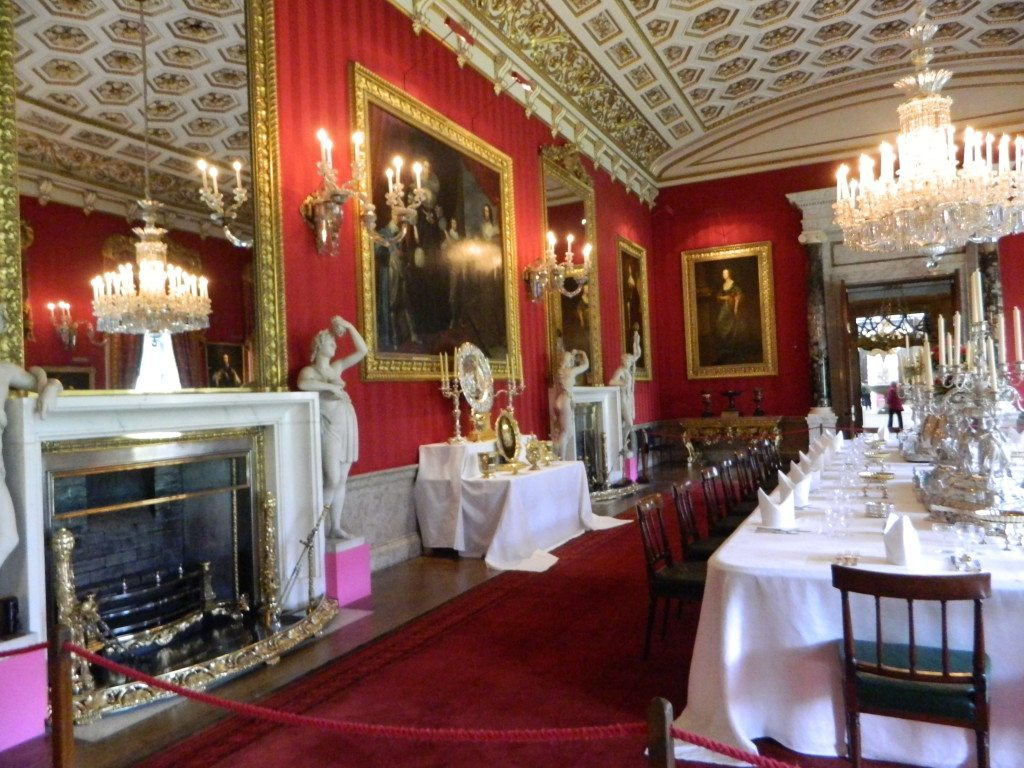
For many years, the dining room was considered an essential part of any home. It was where families gathered to share meals, host guests, and create lasting memories. However, with the evolution of house design, the dining room has slowly faded into obscurity. The traditional layout of a separate dining room, with a formal table and chairs, is no longer a top priority for modern homeowners. So, what has caused the death of the dining room?
Open Concept Living
One of the main reasons for the decline of the dining room is the rise of open concept living. Modern homeowners prefer a more fluid and connected space, where the kitchen, dining, and living areas seamlessly flow into each other. This eliminates the need for a separate dining room and creates a more spacious and inviting atmosphere.
Changing Lifestyles
Another factor contributing to the death of the dining room is the changing lifestyles of homeowners. With busy schedules and a focus on convenience, many people no longer have the time or desire to sit down for a formal meal. This has led to the rise of casual dining options, such as breakfast nooks, kitchen islands, and outdoor dining spaces.
Multi-Functional Spaces
In today's modern homes, space is a valuable commodity. Homeowners are looking for ways to maximize every square inch and create multi-functional spaces that can adapt to their needs. As a result, the dining room has been replaced with rooms that can serve multiple purposes, such as a home office, playroom, or gym.
The Future of House Design
As house design continues to evolve, it's clear that the traditional dining room will not make a comeback anytime soon. However, this doesn't mean that the concept of dining together with loved ones is disappearing. It's simply taking on a new form, one that is more flexible, casual, and integrated into the overall living space.
In conclusion, while the death of the dining room may seem like a loss of tradition, it's a reflection of the changing needs and preferences of modern homeowners. As we continue to embrace new ways of living and designing our homes, the dining room will always hold a special place in our hearts and memories.



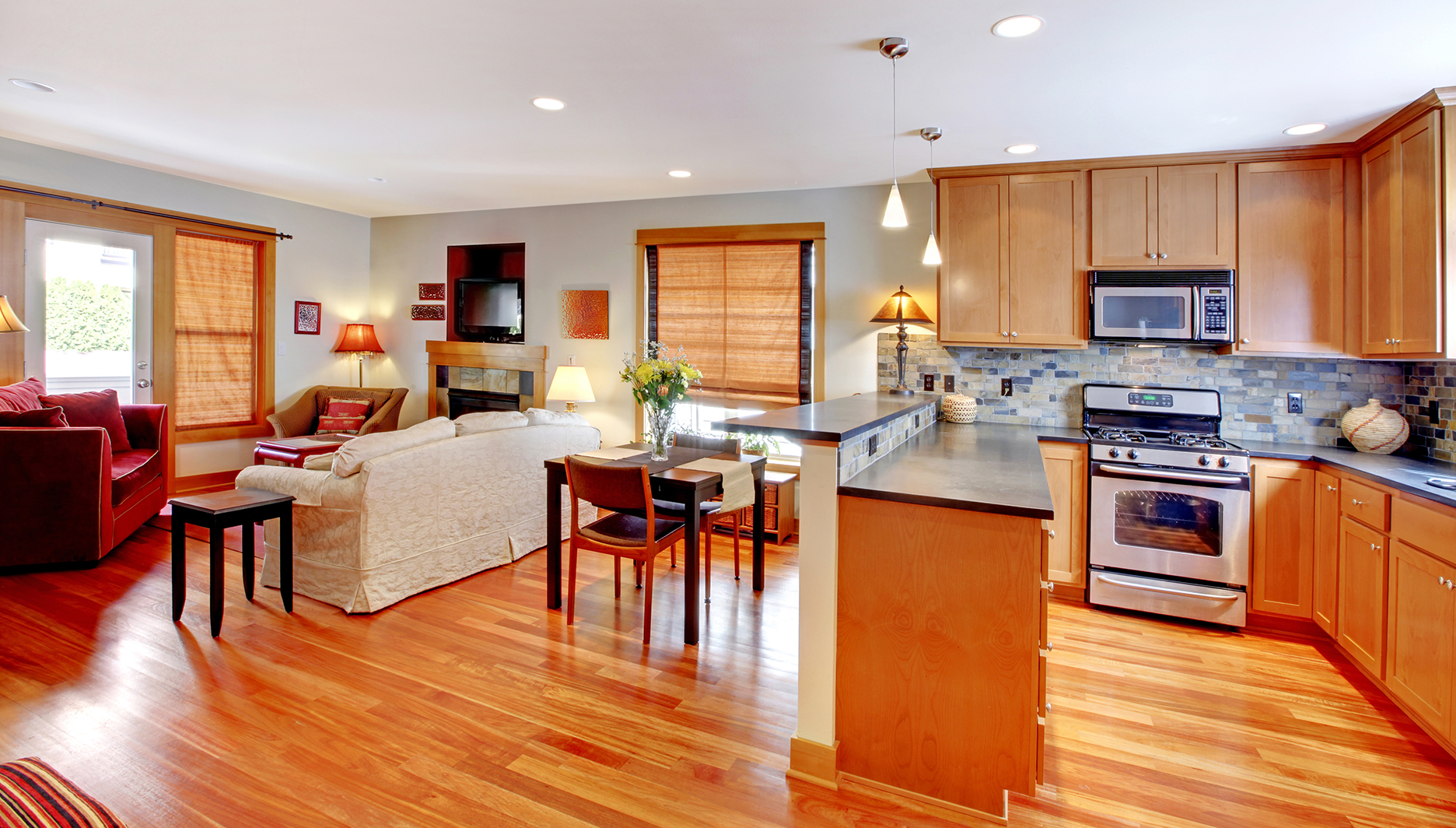



/erin-williamson-california-historic-2-97570ee926ea4360af57deb27725e02f.jpeg)



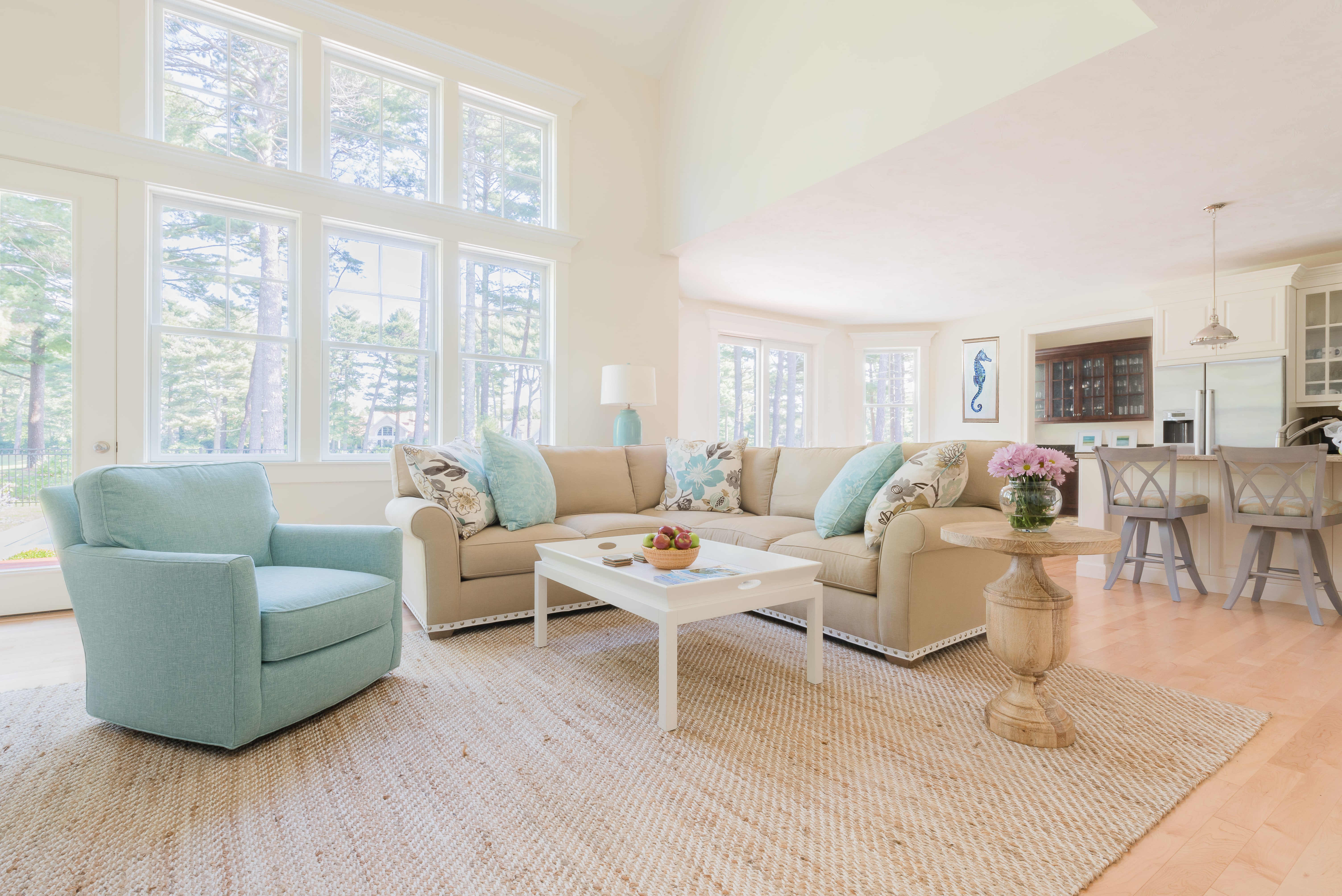



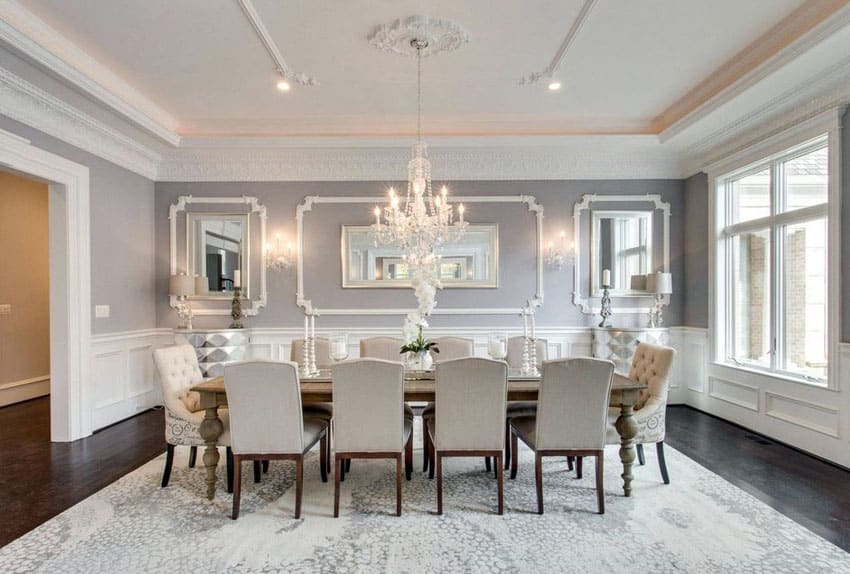



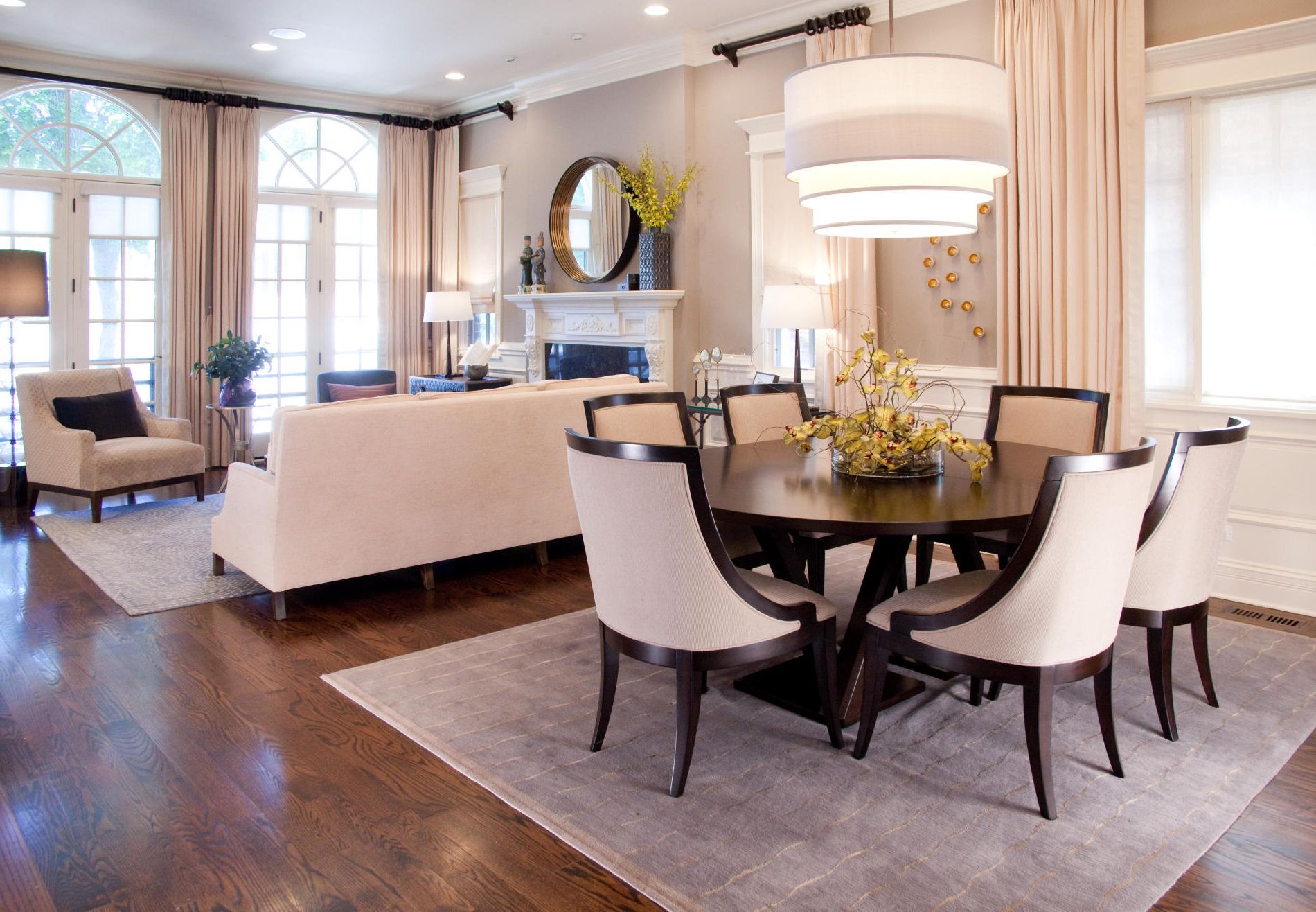




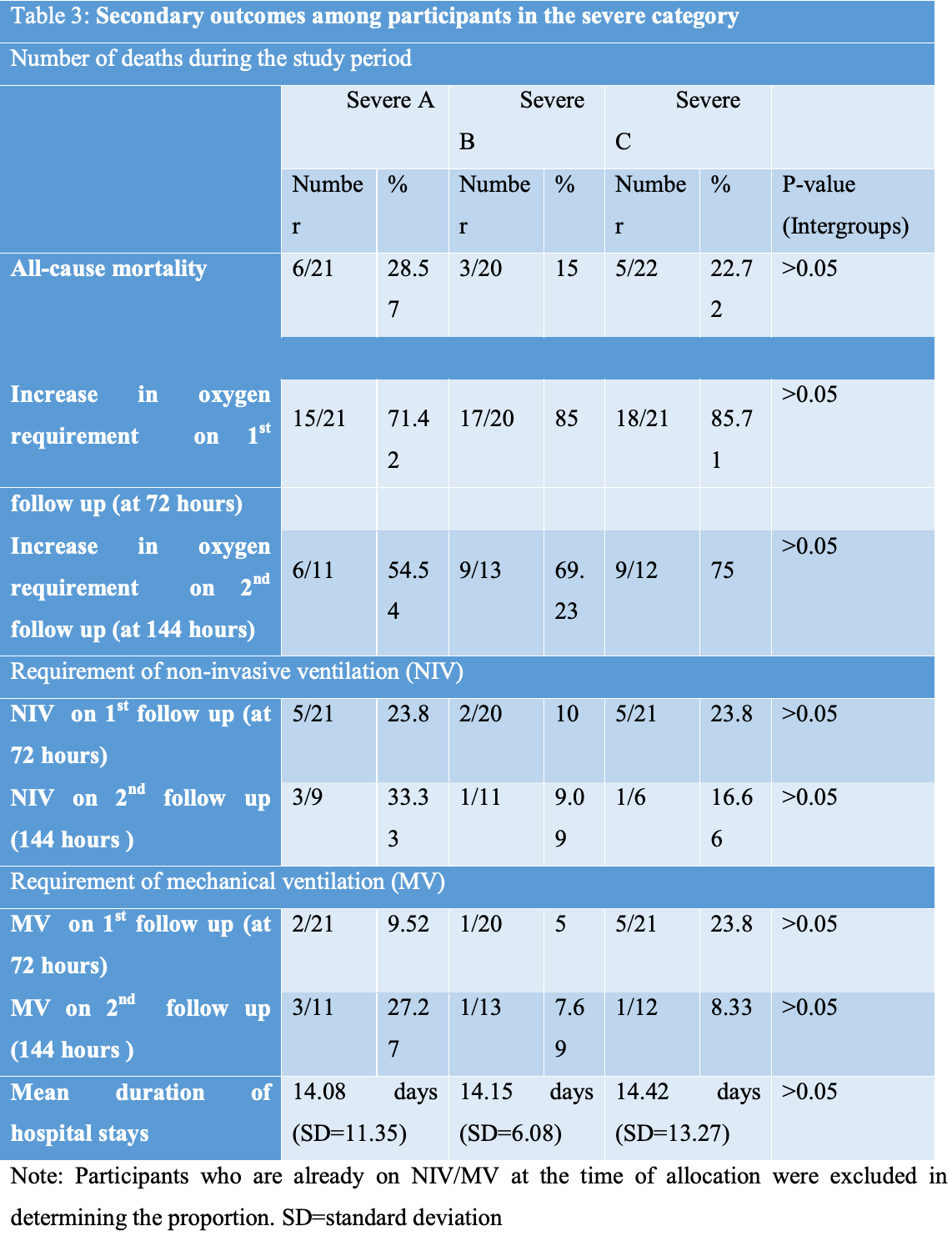

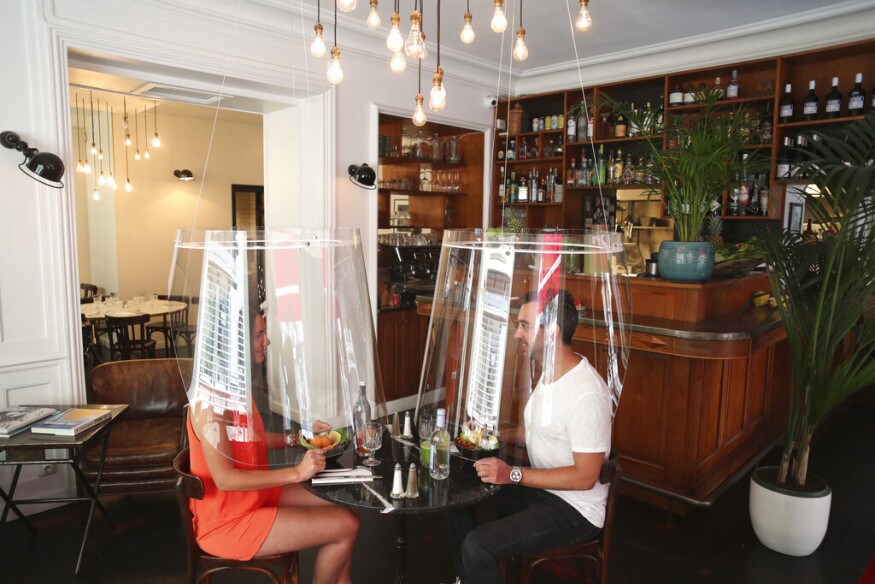




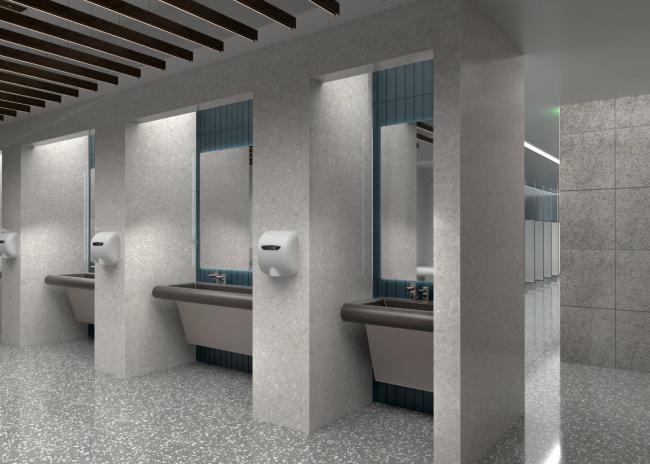



:max_bytes(150000):strip_icc()/dining-area-bench-woven-chairs-27c84157-d67fb3d3a16148639a84ce48816d3295.jpg)



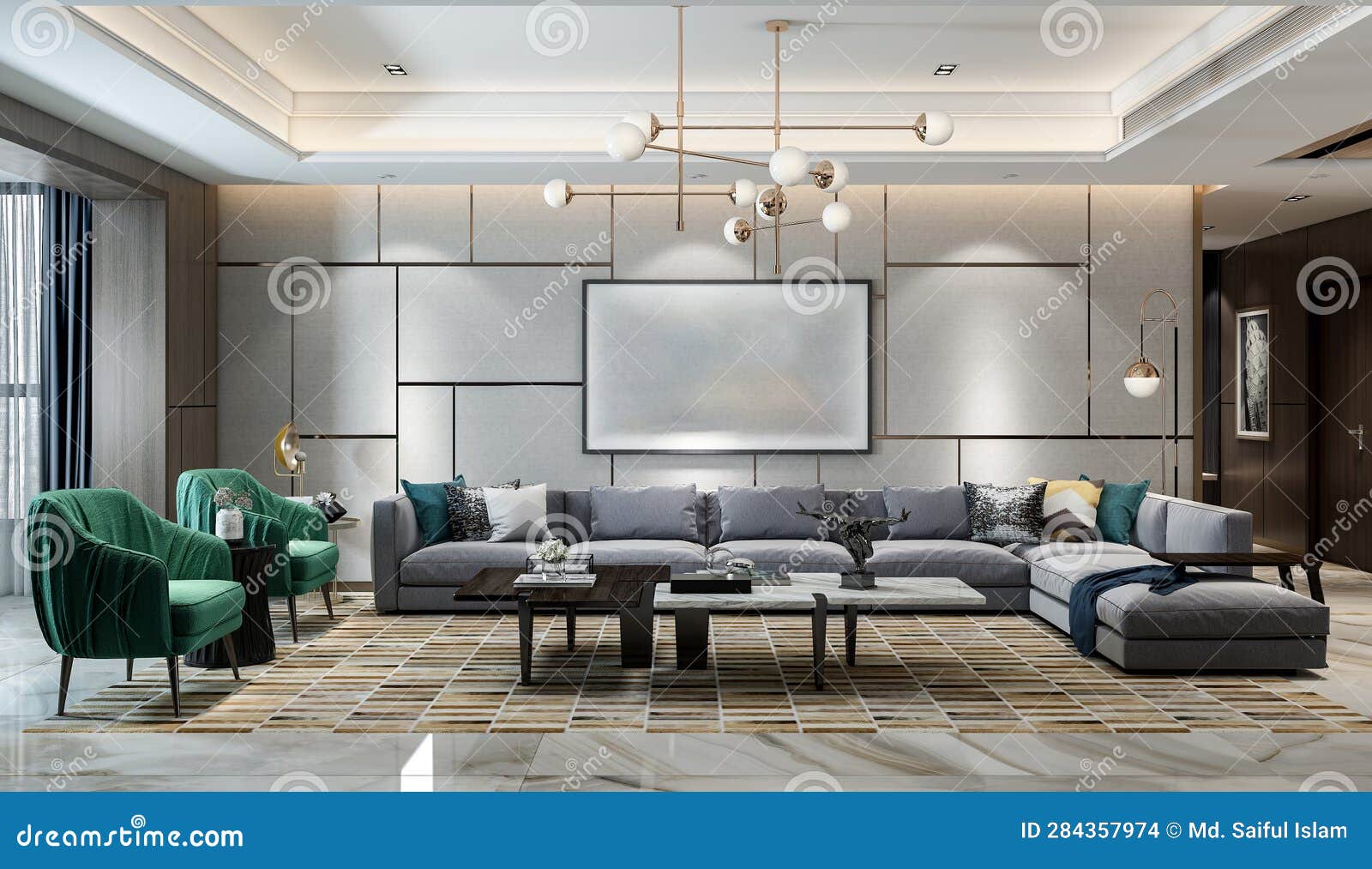




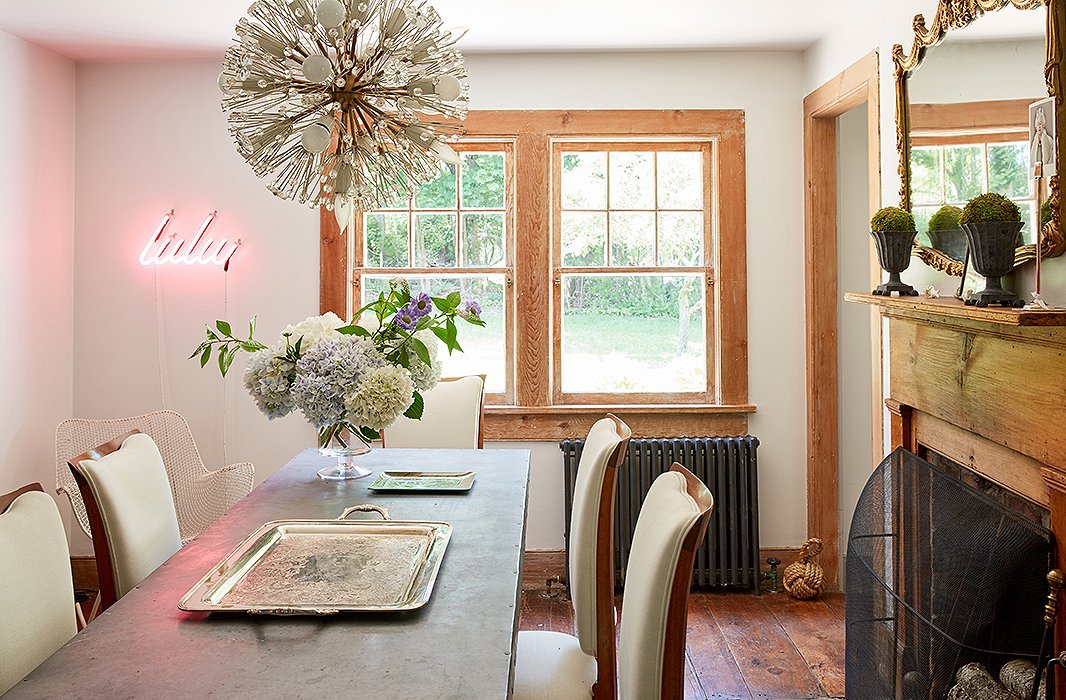









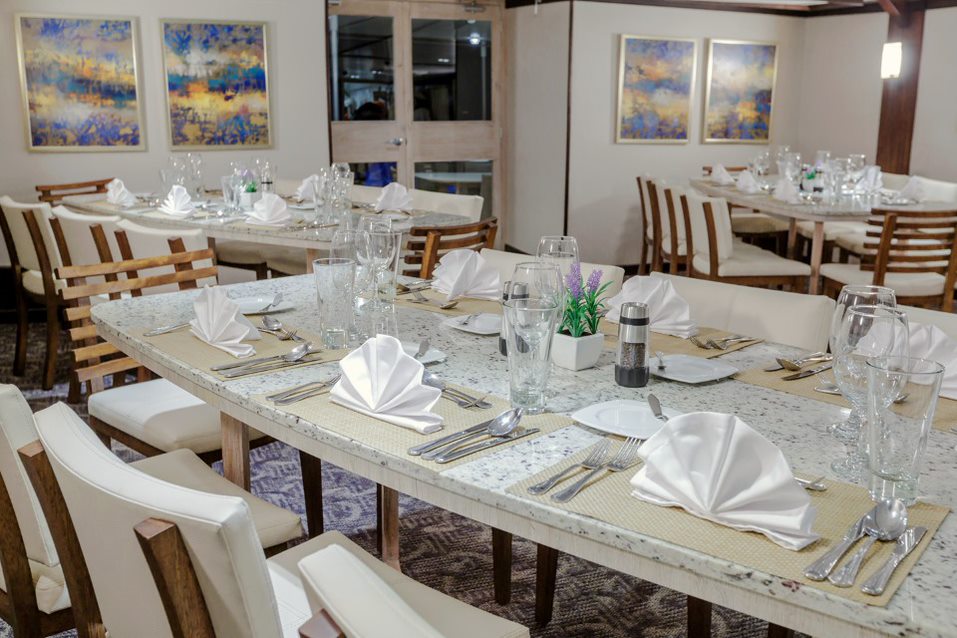
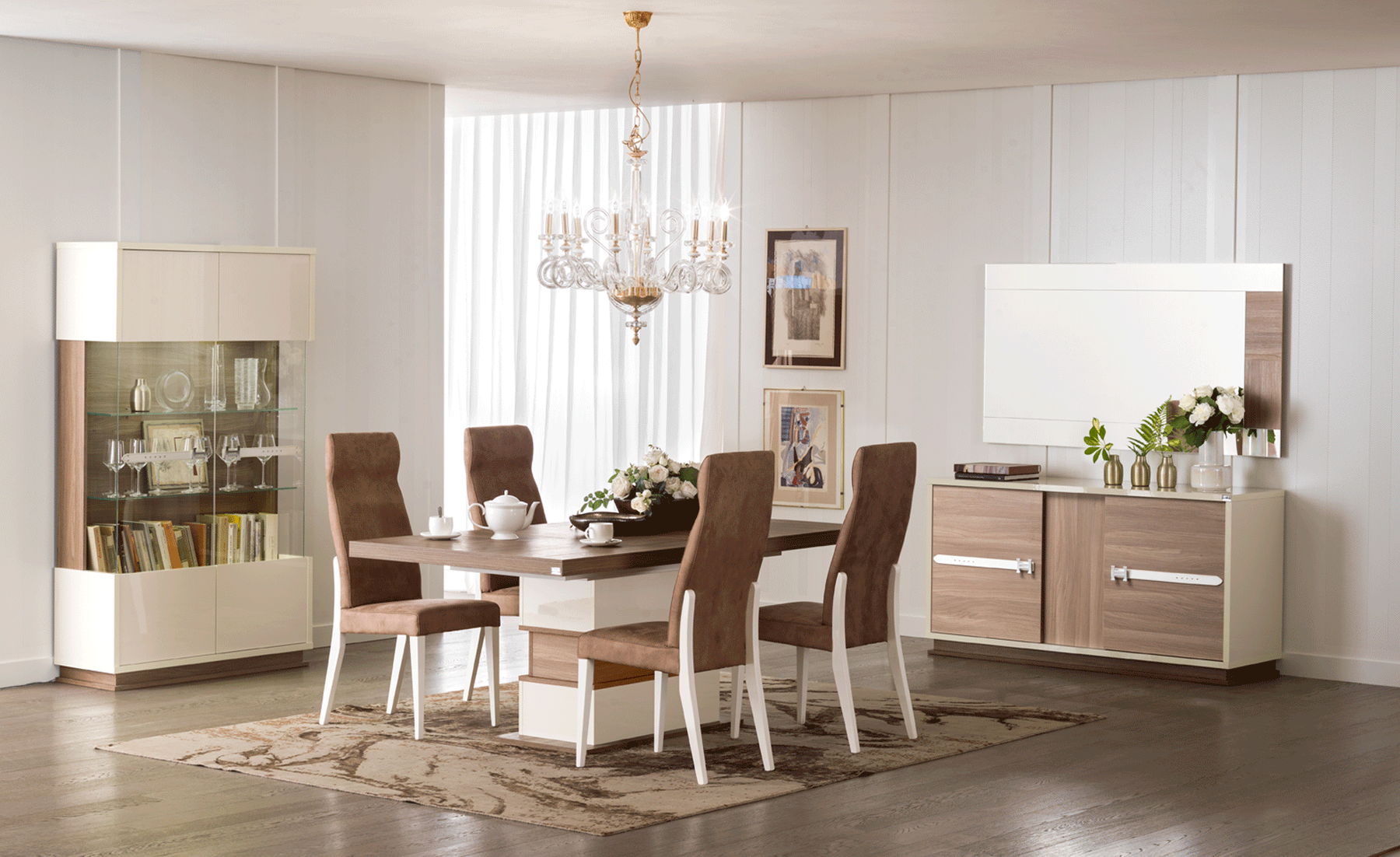




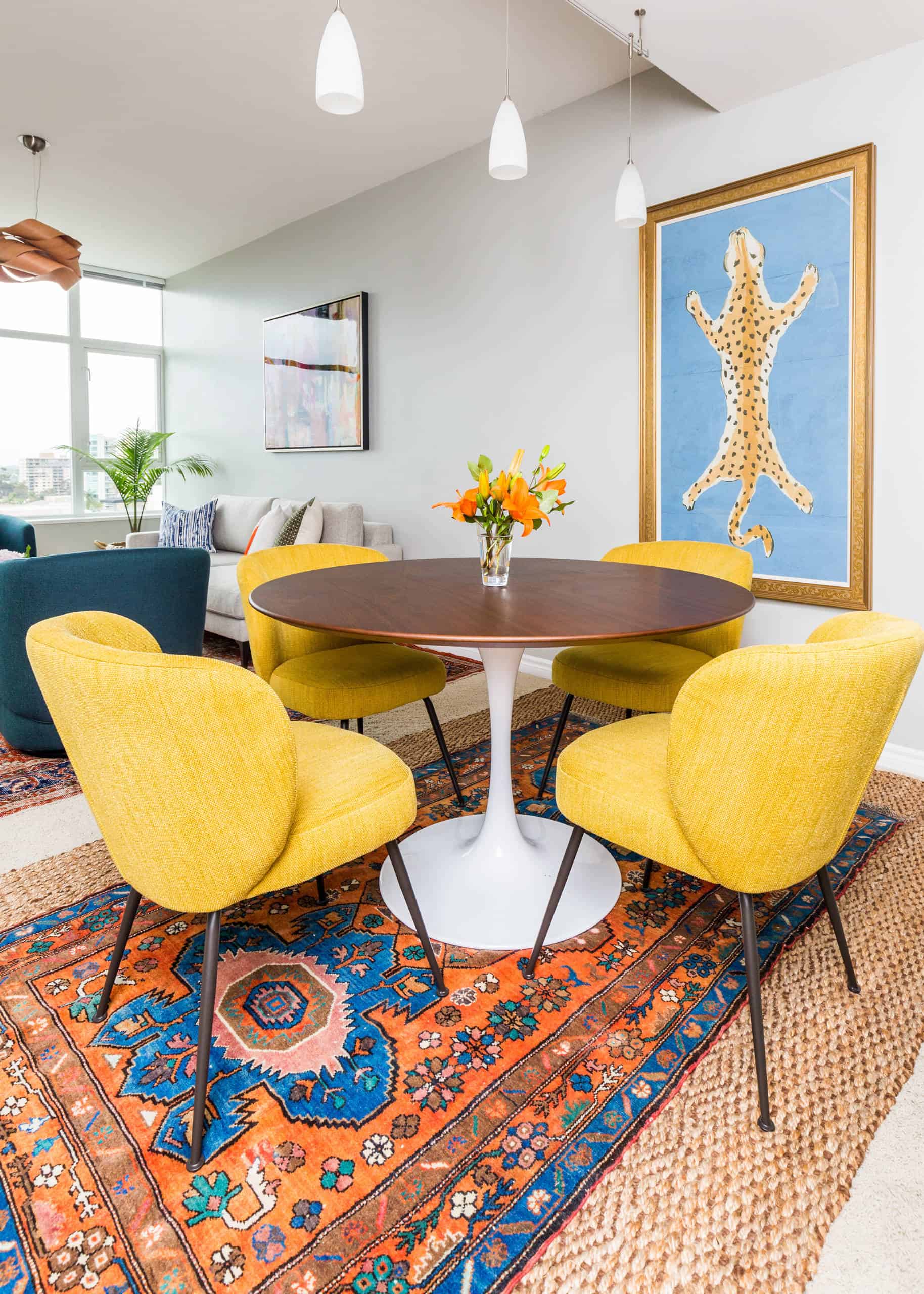
:strip_icc()/DesignedbyEmilyHendersonDesign_PhotobySaraTramp_8-10c43b6e9b6a4f529313664f218e5721.jpg)



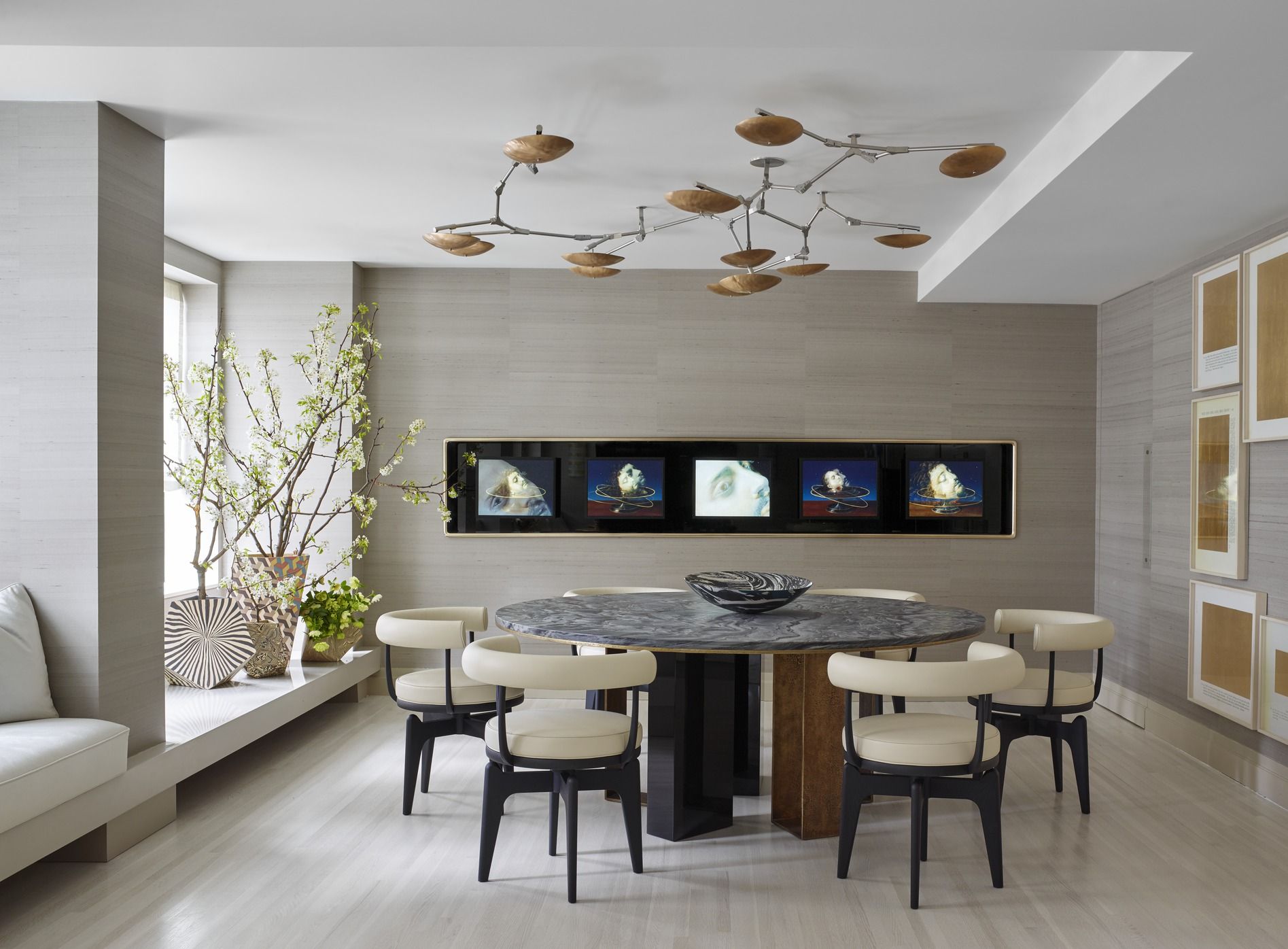
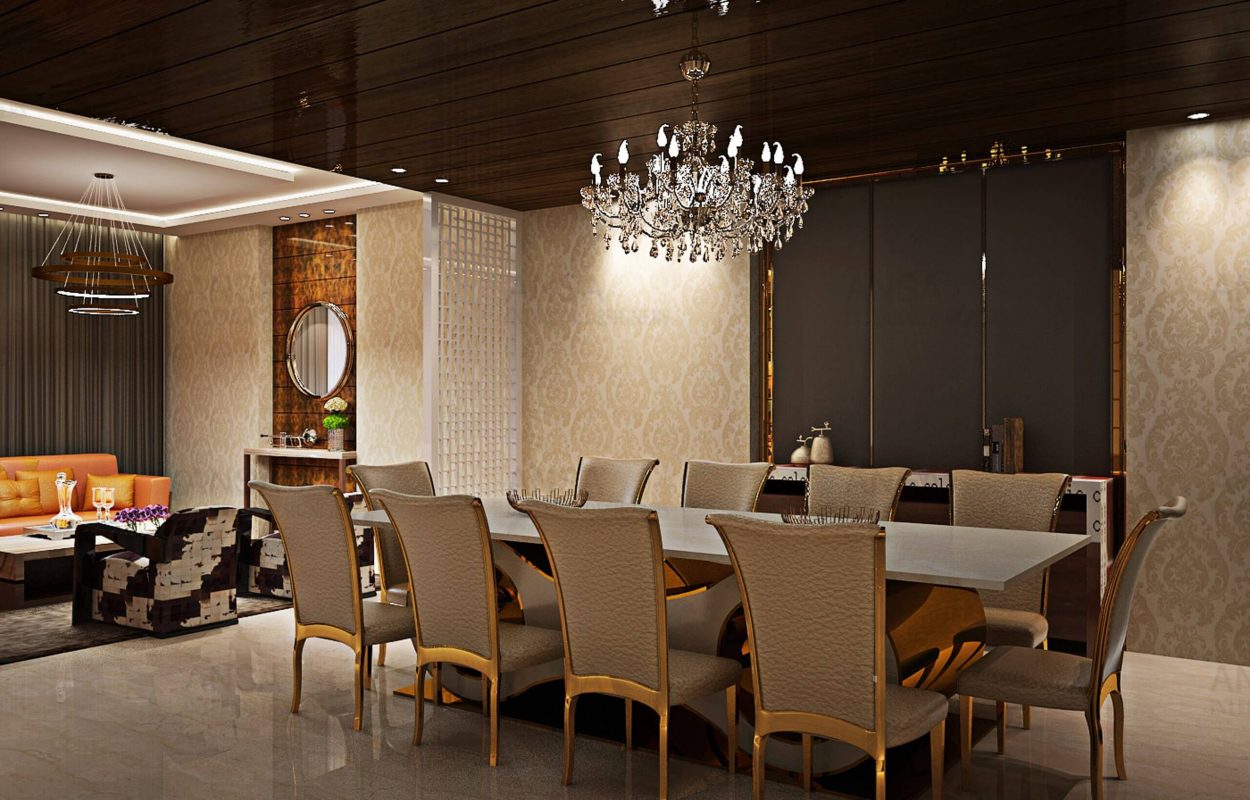
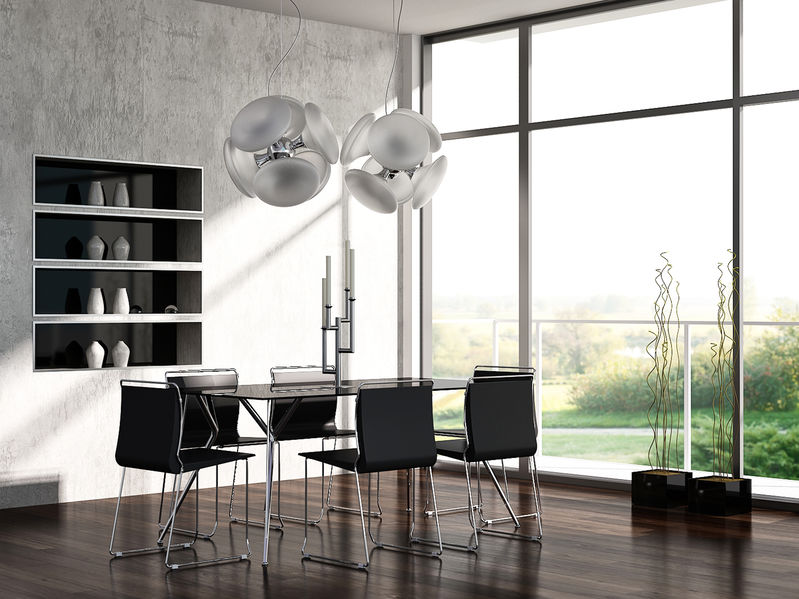





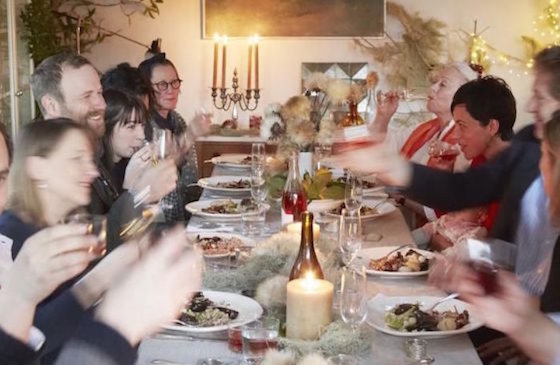

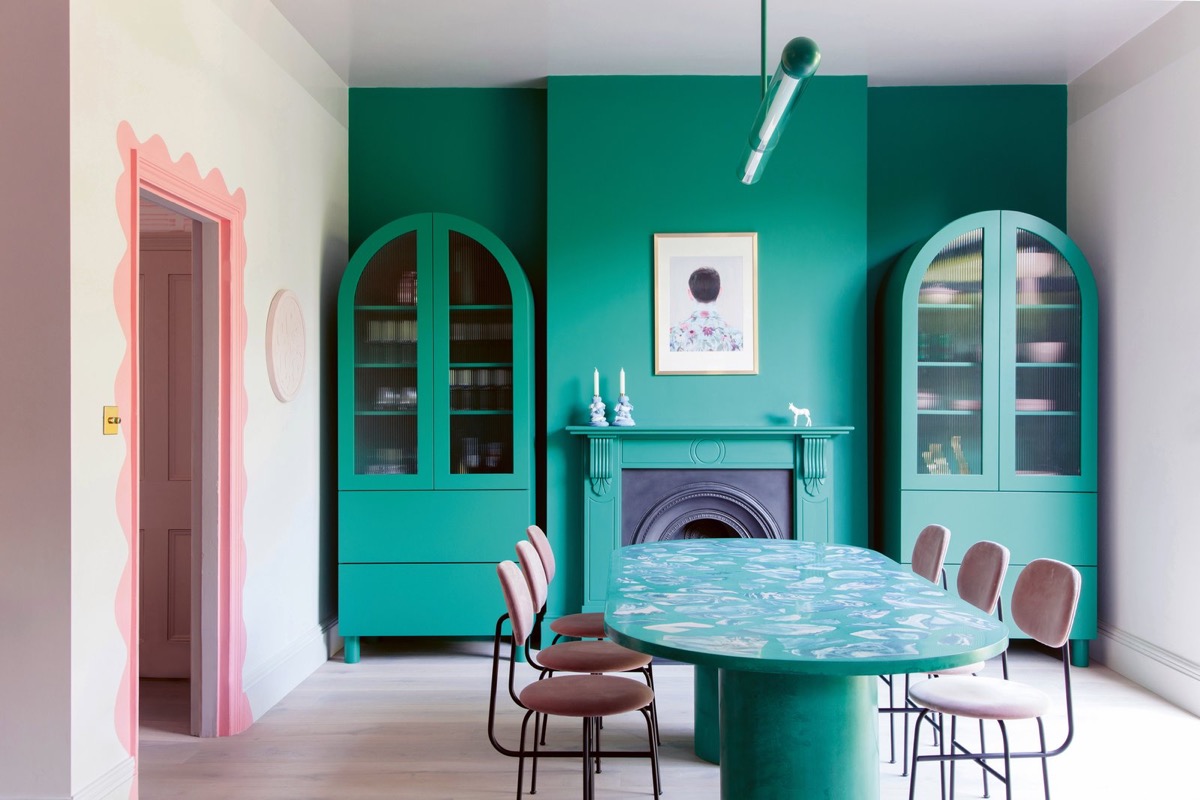
:max_bytes(150000):strip_icc()/hot-to-hang-a-chandelier-1976284-GIF-V4-f1d9285bc97d4dbab70cdbfacf3caf01.gif)


